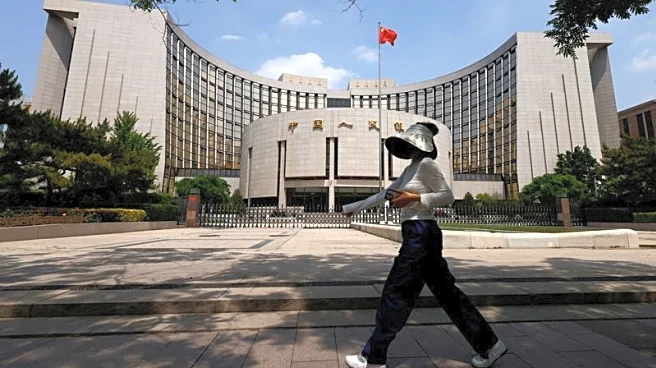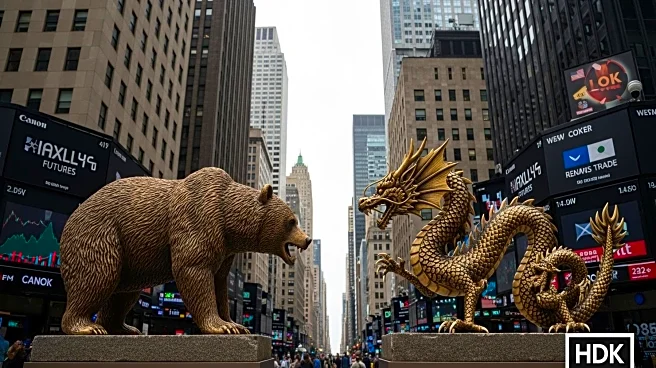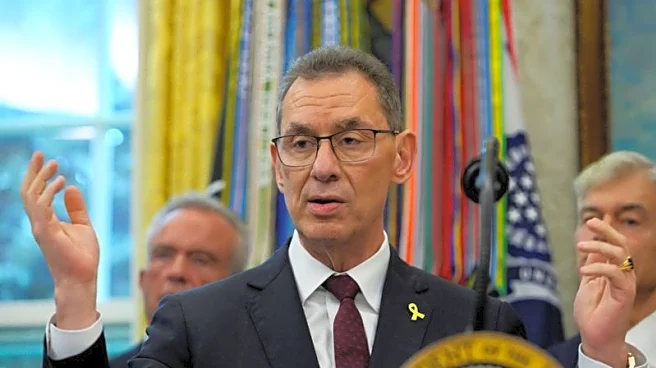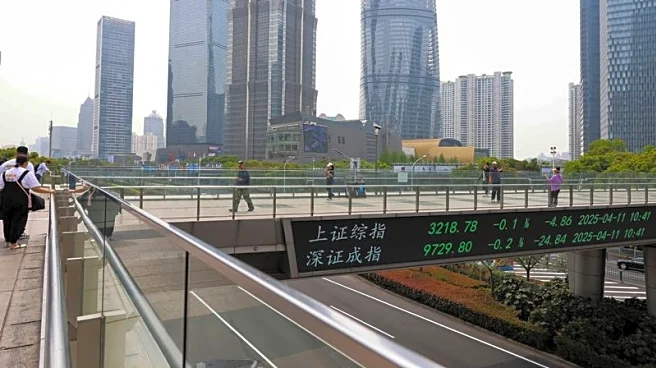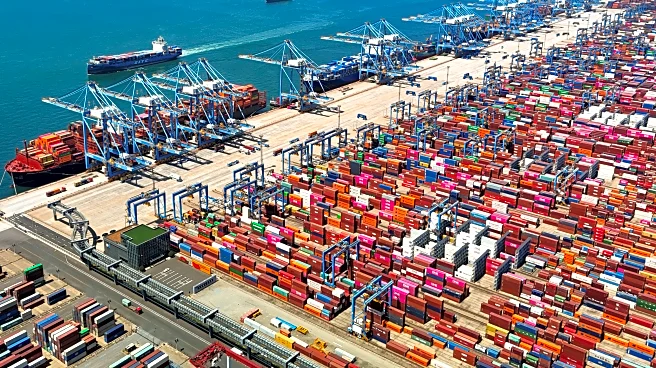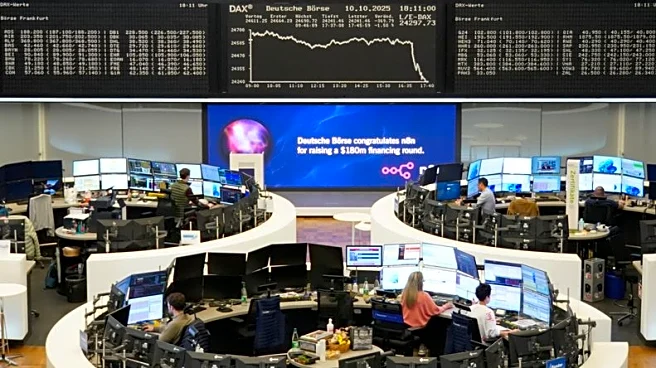By Kevin Yao and Liz Lee
BEIJING (Reuters) -China's new bank loans rose less than expected in September, largely driven by seasonal factors that could mask underlying weak credit demand, as policymakers
battle to reverse a prolonged property slump and curb industrial overcapacity.
September's new loans stood at 1.29 trillion yuan ($181.06 billion), up from 590 billion in August, according to Reuters calculations based on data from the People's Bank of China (PBOC) on Wednesday.
The figure fell short of 1.47 trillion yuan expected by analysts polled by Reuters, compared with 1.59 trillion a year earlier. Lending in China typically picks up in September because of seasonal factors.
Outstanding yuan loans rose 6.6% from a year earlier, down from 6.8% in August for a record low, against analysts' expectations for growth to stay at 6.7%.
The central bank does not provide monthly breakdowns. Reuters calculated the September figures based on the bank's January-September data, compared with the January-August figure.
Chinese banks, which are facing government pressure to offer cheaper loans or easier repayment terms to help struggling businesses, extended 14.75 trillion yuan in new loans in the first nine months of the year.
That was down from 16.02 trillion yuan in the corresponding period last year.
Household loans rose to 389 billion yuan from 30.3 billion a month prior, Reuters calculations showed. Corporate loans rose to 1.22 trillion yuan last month from 590 billion in August.
China's economy has lost momentum in the past two quarters, with September manufacturing activity shrinking for a sixth straight month.
Deflationary pressures persisted, with both consumer and producer prices falling in September, supporting the case for more policy measures as a prolonged property market slump and trade tension weigh on confidence.
While China's export growth rebounded in September, renewed trade measures and threats by Beijing and Washington have rekindled concerns about jobs and further deflation.
Policymakers have refrained from launching major stimulus for fear of unleashing a stock market bubble that could end in a repeat of the 2015 crash.
In a bid to curb deflationary risks, the Chinese government launched a so-called "anti-involution" programme to curb overcapacity and cut-throat competition among firms.
Tension between the world's two largest economies intensified after China announced a major expansion of rare earth export controls last week and U.S. President Donald Trump threatened to raise tariffs on Chinese goods to 100% and tighten software export curbs from November 1.
To boost domestic consumption, Beijing announced interest subsidies on loans to households and businesses that took effect from September, economists said.
China also plans to deploy 500 billion yuan of policy-based financial tools to speed investment projects to support its slowing economy.
Broad M2 money supply grew 8.4% in August from a year earlier, the central bank data showed, below analysts' forecast of 8.5% in a Reuters poll. M2 expanded 8.8% in August.
The narrower M1 money supply climbed 7.2% year-on-year, compared with 6.0% in August.
Outstanding total social financing (TSF), a broad measure of credit and liquidity in the economy, rose 8.7% year-on-year, slowing from August's pace of 8.8%.
The supply of new bonds is expected to dwindle, slowing government financing after a period of strong issuance this year that which would in turn continue to negatively affect TSF.
TSF includes off-balance-sheet forms of financing outside the conventional bank lending system, such as initial public offerings, loans from trust companies and bond sales.
(Reporting by Kevin Yao and Liz Lee; Editing by Clarence Fernandez)
